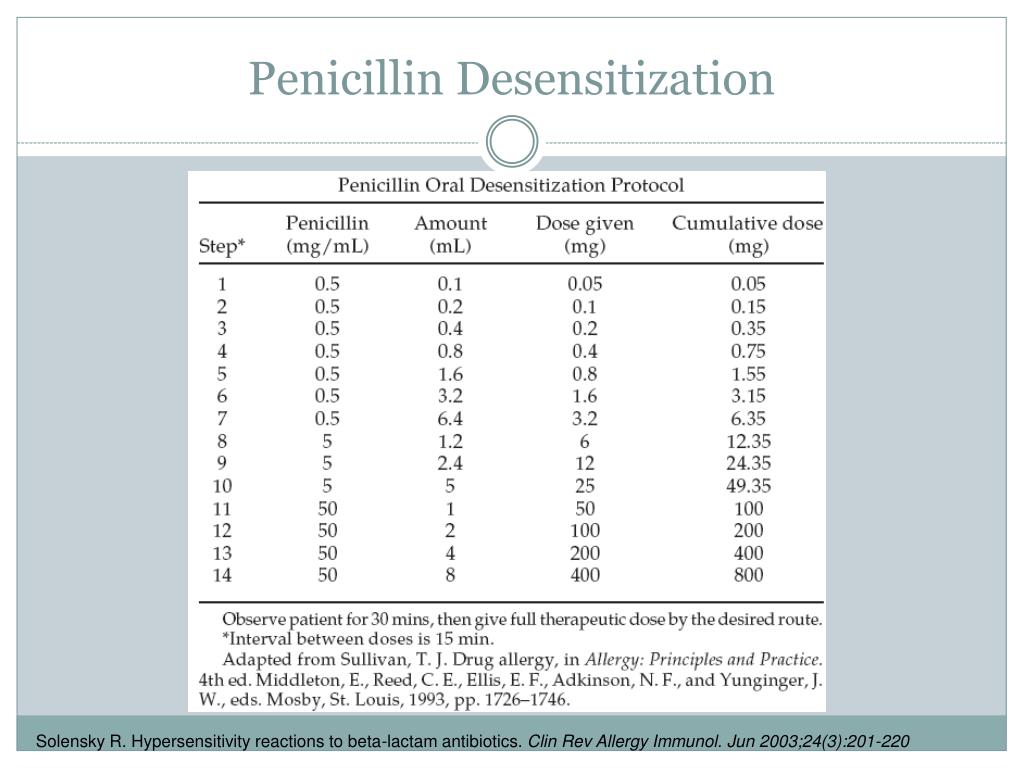
No hives, welts or swellings are seen on the face or body.Reactions only involve the gastrointestinal system.However, FPIES is not caused by IgE, and: It is possible for a child with FPIES to also have Immunoglobulin E (IgE) mediated allergies to other foods, and/or have eczema and/or asthma. Q 4: How is FPIES different to many common food allergies? The most common food trigger for adults is seafood.


FPIES in exclusively breastfed infants is rare. Q 3: Which foods can trigger FPIES?Īlthough any food can trigger FPIES, the most common triggers for infants and children are rice, oat, cow's milk (dairy) and egg. If the trigger is reintroduced before the condition is outgrown, an acute FPIES reaction can occur. It presents with persistent vomiting and/or diarrhoea (which can result in poor weight gain over time). Some infants can become floppy, pale, cold and develop diarrhoea.Ĭhronic FPIES is uncommon, and usually occurs in infancy, due to repeated exposure to a food trigger (usually cow’s milk protein or soy). Q 2: What are the symptoms of FPIES?Īcute FPIES presents with repetitive, profuse vomiting that typically starts one to four hours after a triggering food is eaten.

FPIES can occur in adults, although this is uncommon. This FAQ should be provided in addition to the ASCIA FPIES Action Plan Q 1: What is FPIES?įood protein-induced enterocolitis syndrome (FPIES), is a delayed (non-IgE mediated) gut allergic reaction to a food(s), usually presenting in the first two years of life, with an estimated incidence in this age group of 1 in 7,000 children. This FAQ has been developed to assist understanding about FPIES, and includes information that was previously in the ASCIA FPIES Dietary Guide. ASCIA PCC Food protein induced enterocolitis syndrome (FPIES) FAQ 2022 180.59 KB


 0 kommentar(er)
0 kommentar(er)
